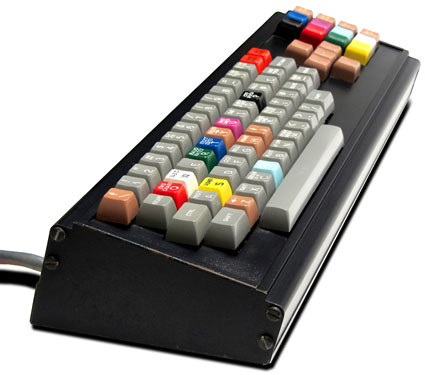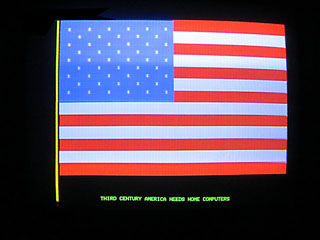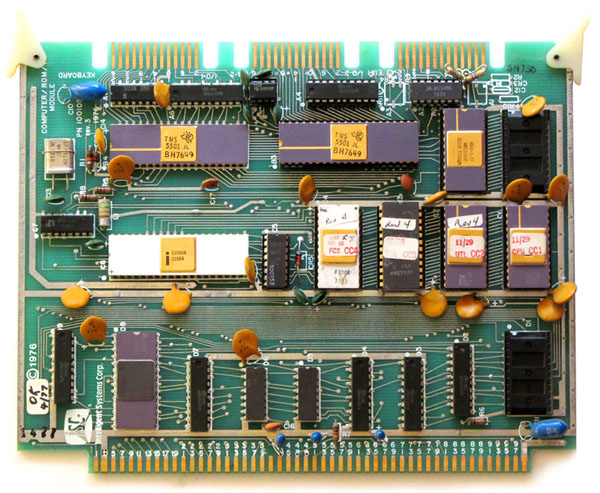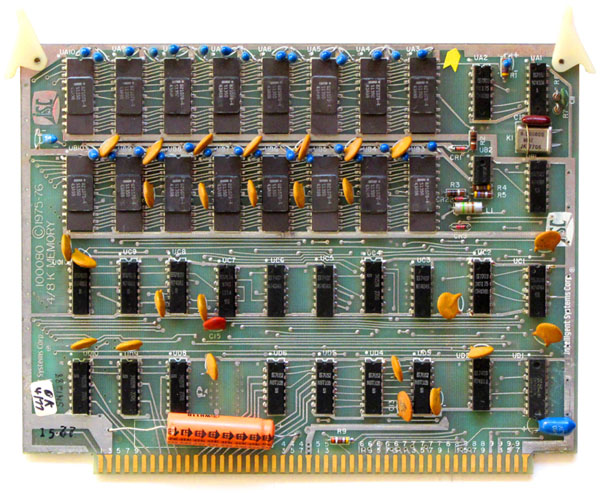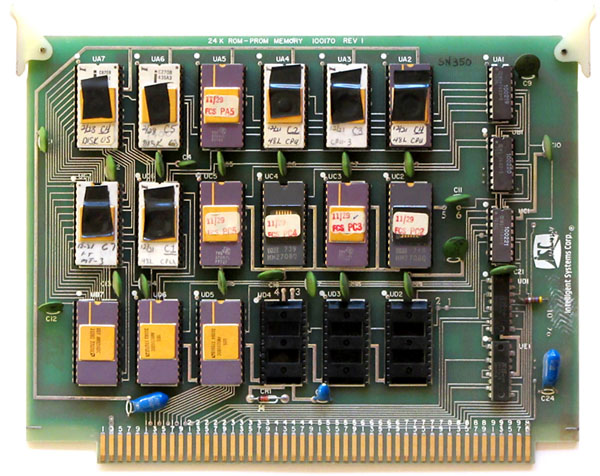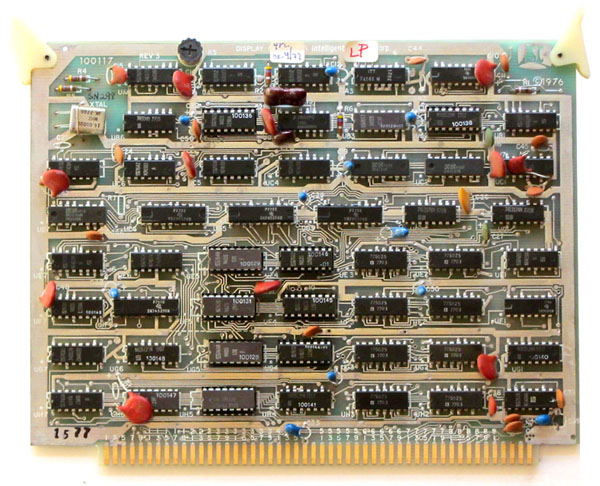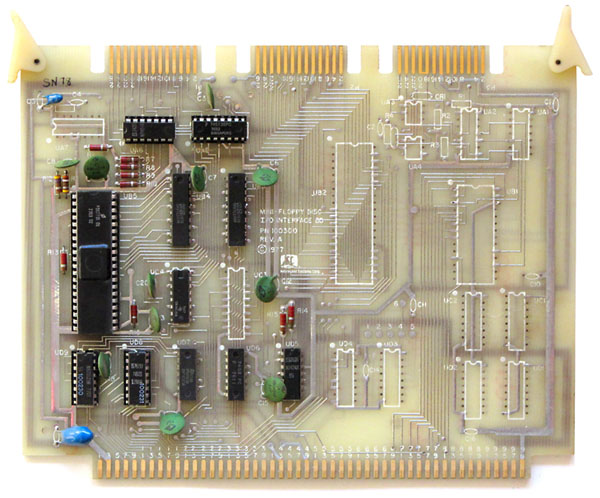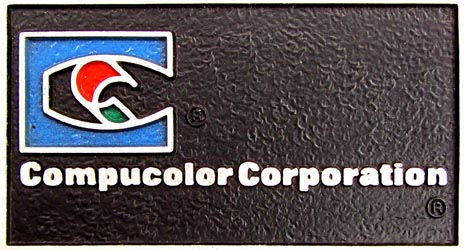
|

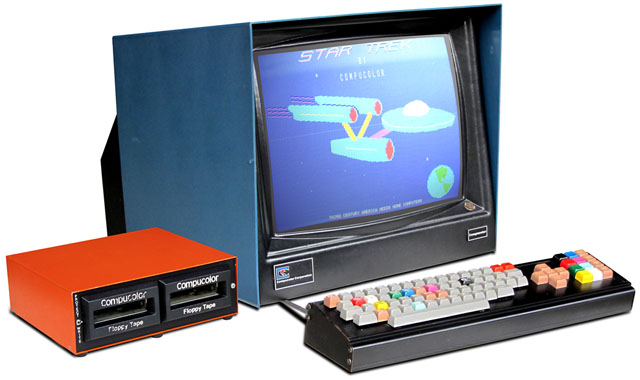
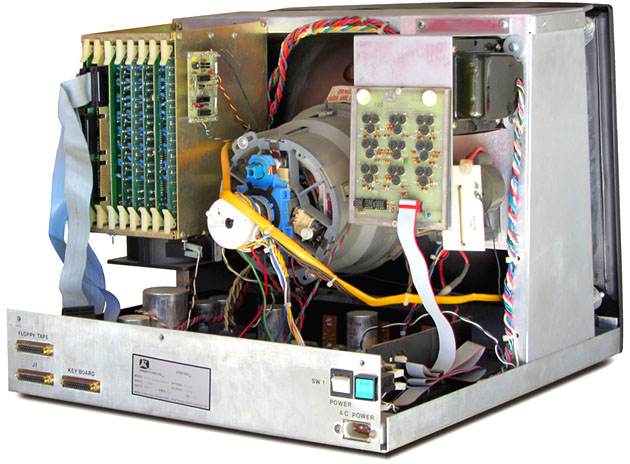 The floppy-tape storage device is comprised of one or two external 8-track, continuous-loop tape drives, running at 4800 Baud rate
(about 600 characters per second), storing up to 1024 KB of data per tape. One program is stored per track, or up to eight programs total per cartridge.
The floppy-tape storage device is comprised of one or two external 8-track, continuous-loop tape drives, running at 4800 Baud rate
(about 600 characters per second), storing up to 1024 KB of data per tape. One program is stored per track, or up to eight programs total per cartridge.
